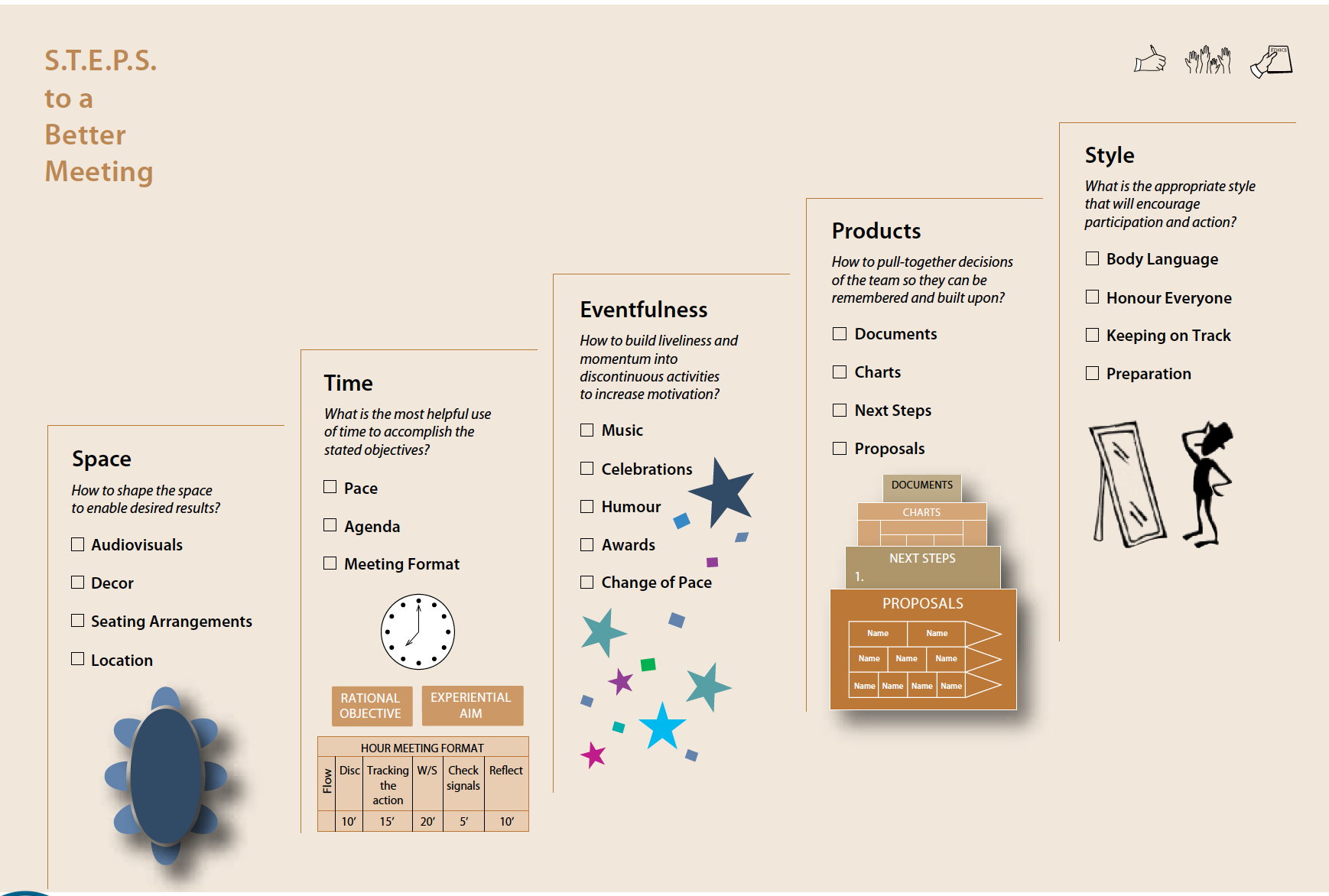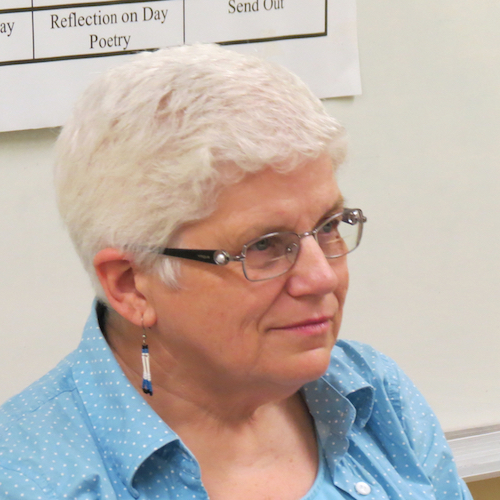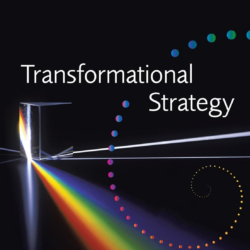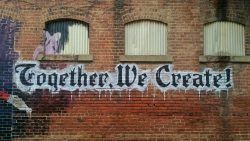With a solid process in place and your space well considered to support the group through the process, the skilled facilitator needs to give deference to time and how it can be used well to accomplish the aims of the engagement. Specifically pace and how to design the agenda are key considerations.
Pace
The pace that you create with the group will support they type of thinking you are encouraging. Set a fast pace to create urgency or to generate innovative top of mind thinking. A slow pace supports deep thinking and when you want the group to reflect on substantial issues.
Agenda
A well-designed agenda that replicates the human experience will have a group respond well. Get the information items and simple things accomplished at the start then move to the deepest thinking items next. Follow the major items requiring the deepest thinking with the minor items that their tired brains can support next. Leave time at the end of the agenda to wind down the engagement by summarizing the day, and days if it’s a multi-day agenda, and close the meeting articulating decisions made and next steps.
Regardless if your meeting is face-to-face or virtual throughout the agenda make sure you add sufficient time for breaks every 90 minutes as well as activities that signal a shift from one agenda item to the next. Some examples of activities you can consider are fitness breaks to get people moving if you sense a drop in energy, affirmative activities such as recognition awards after heavy topics, prizes for creative thinking after a process that gets people out of their comfort zone such as model building-model merging.
Cultural considerations
When considering time, it’s important to understand the culture of the group regardless if it is a corporate entity or a community. Some communities, for example, value story telling which means you will have to incorporate more time in your design if the group is to comfortably participate. Others might want lots of networking time built in so they can create space for collaborative conversations that will continue after the session. Other organizations may be fast paced entities who want to get to decisions as quickly as possible. Whatever you decide to do, make sure that your use of time matches the thinking style and culture of the participants.






